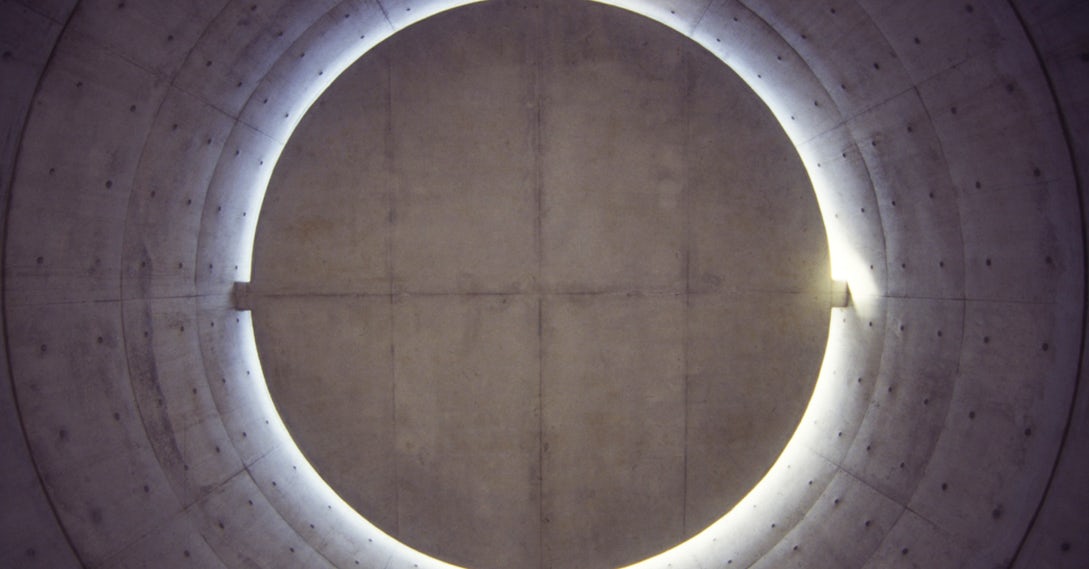Architects: Showcase your next project through Architizer and sign up for our inspirational newsletter.
Recent times have brought forth mixed emotions for Tadao Ando. On one hand, his only building in the United Kingdom was involved in a lengthy controversy, originally slated for demolition before ultimately being saved from the chopping block last year. On the other, the architect’s first residential building in New York topped out, bringing Ando’s characteristic concrete to the city’s stylish Nolita neighborhood in the heart of Manhattan.
On both fronts, Ando himself will undoubtedly remain philosophical. His very Japanese attitude pertaining to the transient nature of architecture means that, while acrimonious, the proposed demolition of Manchester’s Piccadilly Gardens Pavilion would have been unlikely to keep the architect up at night. Meanwhile, the smooth progress of ICHIGONI at 152 Elizabeth Street, New York, will be taken in the architect’s stride — it’s all in a day’s work for the master of understatement, the king of exposed concrete and the ultimate author of “quiet architecture.”
Reflecting on a roller-coaster few years for the 1995 Pritzker Laureate, we’ve stripped away the controversy and gone back to Ando’s basics through the medium of words. Each of these quotes touch upon Ando’s advocacy of Minimalism, either directly or indirectly, and serve to remind us that — even in turbulent times — the immense value of “nothingness” remains as strong as ever.
On the difficulty of achieving Minimalism:
“The essence of Minimalism is simplicity, but simplicity without depth is merely cheap. It is not enough.”

Detail of the Pulitzer Museum, St Louis, Mo.; image via Rick Watson onFlickr
On silence:
“I don’t believe architecture has to speak too much. It should remain silent and let nature in the guise of sunlight and wind.”
On his key ingredient:
“In all my works, light is an important controlling factor.”
On emotions:
“I want to create a space that moves people. It doesn’t matter if it is a house, or a museum, or whatever. So, it is somebody sitting on that lawn, just going around and around and feeling really happy. That is something that I’m striving for.”
ICHIGONI at 152 Elizabeth Street, New York
On connecting with nature:
“When you look at Japanese traditional architecture, you have to look at Japanese culture and its relationship with nature. You can actually live in a harmonious, close contact with nature — this very unique to Japan.”
On spirituality:
“I hope to achieve simplicity, but I also hope to achieve depth … I believe it is important that architecture should be a space where you feel spiritually empowered.”
On ruins:
“I like ruins because what remains is not the total design, but the clarity of thought, the naked structure, the spirit of the thing.”
Benesse House Museum, Naoshima, Japan; image via Wikimedia Commons
On uniquely Japanese design:
“I want to make something which no one else could, a very quiet piece of architecture … I would like to make architecture that has that subtle sensitivity. I would like to create something that only a Japanese person could do.”
On logic:
“To create architecture is to express characteristic aspects of the real world such as nature, history, tradition and society, in a spatial structure, on the basis of a clear, transparent logic.”
On the void:
“If you give people nothingness, they can ponder what can be achieved from that nothingness.”
Find all your architectural materials through Architizer: Click here to sign up now. Are you a manufacturer looking to connect with architects? Click here.
Top image: Meditation Space, UNESCO Headquarters, Paris, France; image via UNESCO
